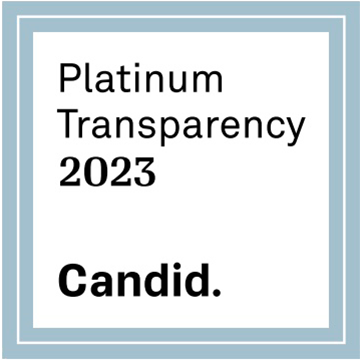General & Comprehensive Plans
Increasing data collection and improving data sharing can help water agencies incorporate land use data into future water demand planning and analysis, resulting in more realistic projections and avoiding costly, unnecessary investments in water supply development.
A number of reports on improving land use and water resource planning integration cite lack of data as a significant impediment, including the lack of useful hydrologic data, missing water use data, and limited access to data. Integrating water and land use data benefits a variety of community plans, and especially general and comprehensive plans. However, land use planning and water management activities typically operate at different time scales, and different datasets are often used. Water utility planning is longer-term than land use planning because of the time-scale required for infrastructure and supply development and because, in some cases, data may be outdated. In addition, future water demand may be over-estimated based on inflated population projections and failure to adjust demand to reflect more current and lower-trending water use rates that reflect improvements in water use efficiencies. The goals and objectives of different community plans can also be misaligned because of conflicting or incomplete data.
Conversely, because planning agencies have discretionary authority on the type, location, and intensity of land use, land use planners can have an important impact on the community’s water consumption by applying data-informed changes to land use patterns.
An important aspect of data sharing is that using the same data and assumptions about growth and water resource availability ensures all community planning begins from a common baseline of current conditions and that development and water use projections are more consistently aligned. This requires collaboration between city and town departments, as well as water and sewer utilities; a shared confidence in the underlying data sources and assumptions; and agreement on how to update the data to keep it meaningful and useful. This collaboration can also be accomplished between community planning departments and non-municipally owned water and sewer utilities if lines of communication are opened and maintained.
Much can also be learned by connecting current water use data with various types of land use information to help plan for future development. For example, integrating data can reveal how water use varies with housing age or lot size, and can quantify the water footprint of various kinds of development, such as single family, multi-family, commercial, and industrial. An understanding of the water demand of different development types helps communities plan for and better allocate limited water supplies and identify opportunities to reduce water and sewer infrastructure investment.
Case Study: Analyzing Water and Land Use Data, City of Portland, Oregon
Concerns about population growth and limited water supplies led researchers at Portland State University to work with the Portland Water Bureau to investigate the linkages between land use patterns and water consumption, and how land use policies could play a role in influencing water availability.
Researchers combined water billing records with tax assessor information for different kinds of land uses and the amount of built land. Using Geographic Information Systems (GIS) and statistical analysis they assessed how neighborhood conditions such as age of development, income and other demographic factors affect water use. This evaluation allowed identification of specific water demands for each type of land use – single family residential, multi-family residential, commercial, and industrial – and an indication of the water requirements of new development at current water use rates.
The researchers focused on single family residential because it was the largest water consumer category. Among their findings were the following:
- Based on the quantification of the relationship between residential square footage, lot size and water consumption, both smaller homes and homes on smaller lots use less water
- Even modest increases in density (e.g. one additional home per acre) translated to a substantial reduction in residential water use and increased the developable land available for other uses
- Higher density neighborhoods (more than 5 households per acre) enabled a higher predictability of water use trends than larger lot development
- While the value of higher density and smaller homes to water conservation is known, consumer preference for these homes is also a consideration, as well as the influence of behavior on water use
In sum, data that connects different land uses and water demand can be incorporated into general plans and land use planning decisions to improve sound land use and water resource policy development, stretch existing water supplies, and prevent unnecessary investments in expensive water development projects.
Model Study
Water and Land Use Planning: A Case for Better Coordination – found in Oregon Planners Journal, March/April issue: 3-8.
Contact
Author: Vivek Shandas at Portland State University
Email: vshandas@pdx.edu
Phone: 503.725.5222
Additional Resources
- A number of studies about improving linkages between land use planning and water management cite the importance of improving data sharing, including these reports:
- Before the Well Runs Dry: Improving the Linkage Between Groundwater and Land Use Planning (Water in the West, 2014)
- Integrating Water Management and Land Use Planning: Uncovering the Missing Link in the Protection of Florida’s Water Resources? – authored by Mary Jane Angelo, 12 University of Florida. J.L. & Public Policy 223 (2001).



